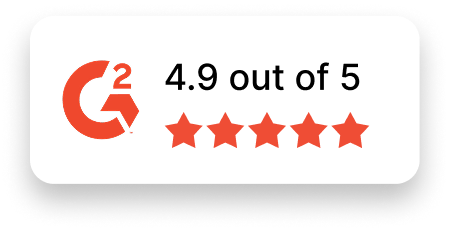General IT Support Specialist Job Description Template
Use this template to craft job descriptions for hiring General IT Support Specialists. Customize it to suit your organization’s specific needs and goals.
Job Title: General IT Support Specialist
Location: [Specify Location or Remote]
Job Type: [Full-time/Part-time/Contract]
About the Role
We are seeking a proactive and customer-focused General IT Support Specialist to join our IT team. You will play a crucial role in ensuring smooth technical operations by assisting users, troubleshooting issues, and maintaining hardware and software systems. Your ability to solve problems quickly and efficiently will directly contribute to the productivity and satisfaction of our employees.
If you are passionate about technology, enjoy helping others, and thrive in a fast-paced environment, we encourage you to apply.
Responsibilities
- Provide technical support to users by identifying, diagnosing, and resolving hardware, software, and network issues.
- Install, configure, and maintain computer systems, mobile devices, printers, and other IT equipment.
- Manage user accounts and permissions across systems, ensuring secure access to resources.
- Monitor and maintain consistent system performance by conducting regular updates, patches, and backups.
- Respond to IT support requests promptly through email, phone, or in-person, keeping accurate records of issues and resolutions.
- Assist with onboarding and offboarding processes by setting up and deactivating devices and accounts.
- Educate users on best practices for utilizing technology, including cybersecurity awareness.
- Collaborate with the IT department on larger infrastructure projects and improvements.
- Troubleshoot basic network issues, escalating complex problems to the appropriate teams when necessary.
- Document common problems, solutions, and procedures to improve efficiency and knowledge-sharing within the team.
Required Skills & Experience
- Bachelor’s degree in Information Technology, Computer Science, or a related field, or equivalent experience.
- Proven experience in an IT support or help desk role.
- Strong knowledge of operating systems (Windows, macOS, Linux), Microsoft Office Suite, and other common software applications.
- Basic understanding of networking concepts, including TCP/IP, DNS, and Wi-Fi troubleshooting.
- Familiarity with hardware components such as computers, printers, and peripherals.
- Ability to analyze and resolve technical issues efficiently and with great attention to detail.
- Excellent communication and interpersonal skills, with a focus on delivering exceptional customer service.
- Organizational skills to manage multiple tasks and prioritize effectively.
- Willingness to learn and adapt to new technologies and tools.
Nice-to-Have Skills
- Experience with IT ticketing systems (e.g., Jira, ServiceNow, Zendesk).
- Knowledge of Active Directory or other identity management systems.
- Familiarity with remote support tools and virtualization platforms.
- Basic scripting skills in PowerShell, Bash, or Python.
- Certification in relevant areas such as CompTIA A+, Microsoft Certified Professional (MCP), or similar.
- Prior experience supporting cloud-based platforms like Microsoft 365 or Google Workspace.
Why Join Us?
- Diverse Challenges: Tackle a variety of technical issues and gain experience with a wide range of tools and systems.
- Collaborative Environment: Join a supportive team where your input and problem-solving skills are valued.
- Career Development: Advance your IT career with training and new opportunities for skill-building.
- Flexibility: Enjoy options for remote or hybrid work to fit your lifestyle.
- Inclusive Culture: Be part of an organization that values diversity, equity, and creating an empowering workplace.
Apply Now
Are you ready to make a difference by ensuring a seamless technology experience for users? Join [Your Company Name] as a General IT Support Specialist and play a vital role in keeping our organization running smoothly. Apply today!

